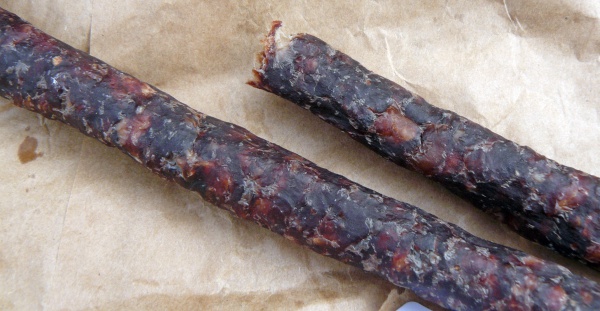Facts About South African cuisine
South African cuisine is a delightful fusion of indigenous flavors and culinary influences that evolved through various waves of immigration during the colonial period. Prior to colonization, local diets consisted of an array of grains, fermented milk, and roasted or stewed meats. Over time, maize supplanted sorghum as the staple grain. Traditional South African households often enjoy meals featuring maize meal porridge, stewed meat gravy, and a variety of vegetables. Meat, especially beef, plays a central role in South African meals, with barbecues (known as braai) and biltong being particularly popular.
The colonial era introduced new foods such as biltong, droëwors, and rusks. Among regional styles, Cape Dutch and Cape Malay cuisines stand out. Cape Dutch cooking incorporates spices like nutmeg and chili peppers, while Cape Malay cuisine is renowned for its spicy curries and fish stews. Bobotie, a dish with Cape Malay roots, is often considered close to a national dish. French and Indian influences are also evident, with curries and dishes like bunny chow gaining popularity.
Regarding beverages, traditional beer brewed from local grains and various fermented milk products are common. Milk and milk-based products are staples in the traditional Black South African diet. The country also boasts a vibrant dining-out culture, with restaurants offering a wide array of cuisines. Fast-food chains, both local and international, are widespread and well-loved.

 Eswatini (Swaziland)
Eswatini (Swaziland)